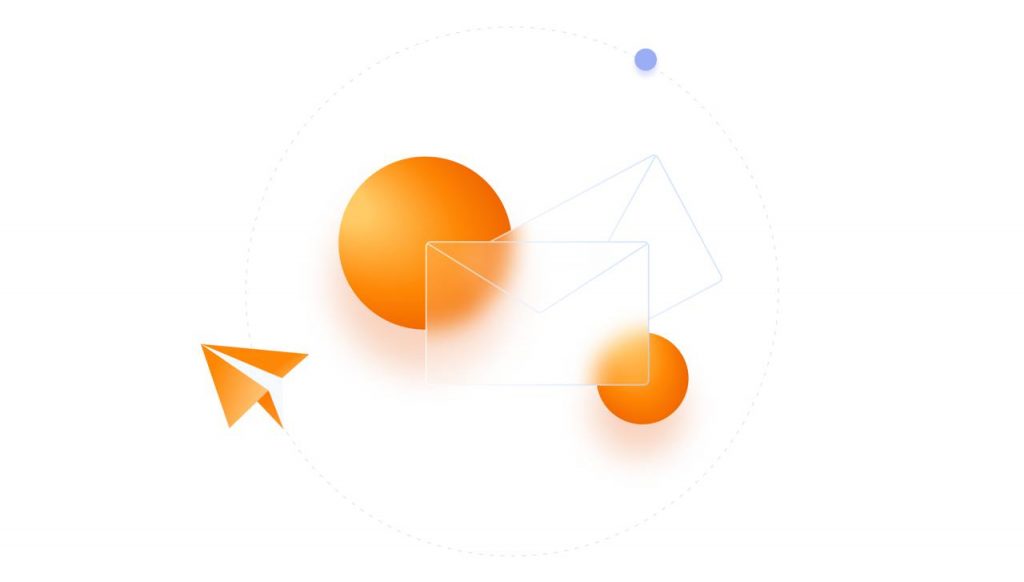What does a data lakehouse architecture look like?
The architecture of a data lakehouse typically features a single storage layer that supports both structured and unstructured data. This storage layer is complemented by tools for data ingestion, processing, and management. At its core, a lakehouse architecture includes:
- Open file formats: Allowing interoperability with various analytics tools.
- Metadata layers: Enabling efficient querying and governance.
- Processing engines: Supporting batch and real-time data processing.
- Security and governance: Ensuring compliance and data protection.
How do you build a data lakehouse?
Building a data lakehouse involves several key steps:
- Define your data strategy: Assess your organizational needs and identify data types and sources.
- Choose the right platform: Evaluate platforms like Databricks, Snowflake, or open-source options.
- Set up the storage layer: Implement a scalable and cost-effective storage system.
- Integrate data tools: Incorporate tools for data ingestion, transformation, and analytics.
- Establish governance: Implement robust security and compliance frameworks.
What are the benefits of a data lakehouse?
A data lakehouse offers several advantages:
- Unified data management: Consolidates structured and unstructured data in one place.
- Cost efficiency: Reduces the need to maintain separate data platforms.
- Enhanced analytics: Combines the real-time capabilities of data lakes with the analytical power of data warehouses.
- Scalability: Adapts to growing data needs without performance degradation.
- Simplified architecture: Reduces complexity in data pipelines and integration.
What are some data lakehouse solutions?
Popular data lakehouse solutions include:
- Databricks Lakehouse: Known for its advanced machine learning and data engineering capabilities.
- Snowflake: While traditionally a data warehouse, Snowflake is expanding its capabilities to support lakehouse-like features.
- Google BigLake: Combines Google’s data warehouse (BigQuery) and lake (Cloud Storage) capabilities.
- Open-source options: Tools like Apache Iceberg and Delta Lake provide open formats and community-driven development.



